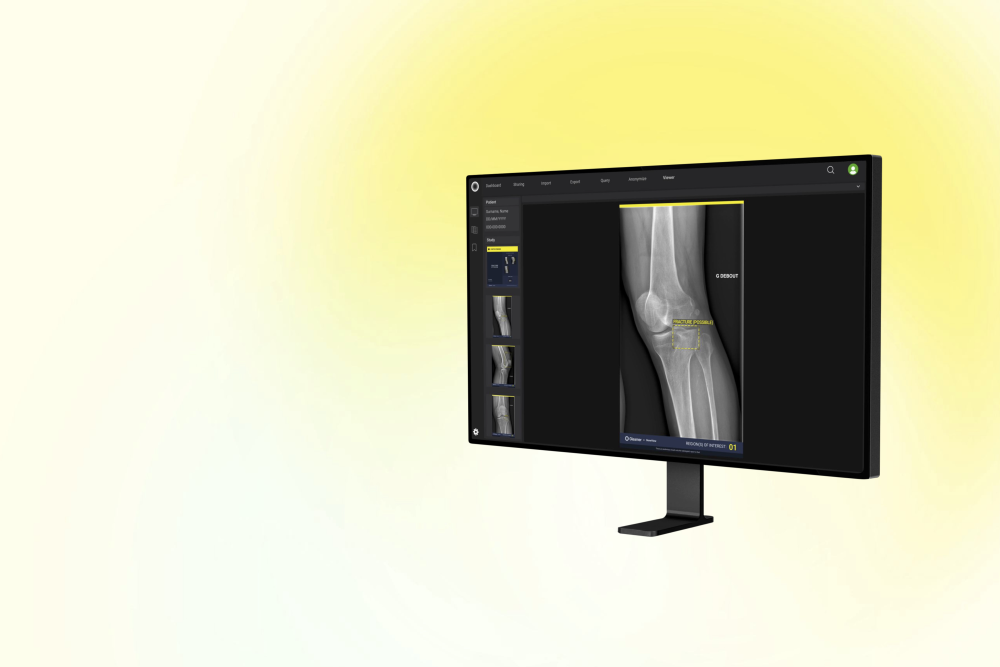Artificial intelligence vs. radiologist: accuracy of wrist fracture detection on radiographs
Objective
To compare the performances of artificial intelligence (AI) to those of radiologists in wrist fracture detection on radiographs.
Methods
This retrospective study included 637 patients (1917 radiographs) with wrist trauma between January 2017 and December 2019. The AI software used was a deep neuronal network algorithm. Ground truth was established by three senior musculoskeletal radiologists who compared the initial radiology reports (IRR) made by non-specialized radiologists, the results of AI, and the combination of AI and IRR (IR+AI)
Results
A total of 318 fractures were reported by the senior radiologists in 247 patients. Sensitivity of AI (83%; 95% CI: 78–87%) was significantly greater than that of IRR (76%; 95% CI: 70–81%) (p < 0.001). Specificities were similar for AI (96%; 95% CI: 93–97%) and for IRR (96%; 95% CI: 94–98%) (p = 0.80). The combination of AI+IRR had a significantly greater sensitivity (88%; 95% CI: 84–92%) compared to AI and IRR (p < 0.001) and a lower specificity (92%; 95% CI: 89–95%) (p < 0.001). The sensitivity for scaphoid fracture detection was acceptable for AI (84%) and IRR (80%) but poor for the detection of other carpal bones fracture (41% for AI and 26% for IRR).
Conclusions
Performance of AI in wrist fracture detection on radiographs is better than that of non-specialized radiologists. The combination of AI and radiologist’s analysis yields best performances.
Key Points
• Artificial intelligence has better performances for wrist fracture detection compared to non-expert radiologists in daily practice.
• Performance of artificial intelligence greatly differs depending on the anatomical area.
• Sensitivity of artificial intelligence for the detection of carpal bones fractures is 56%.



